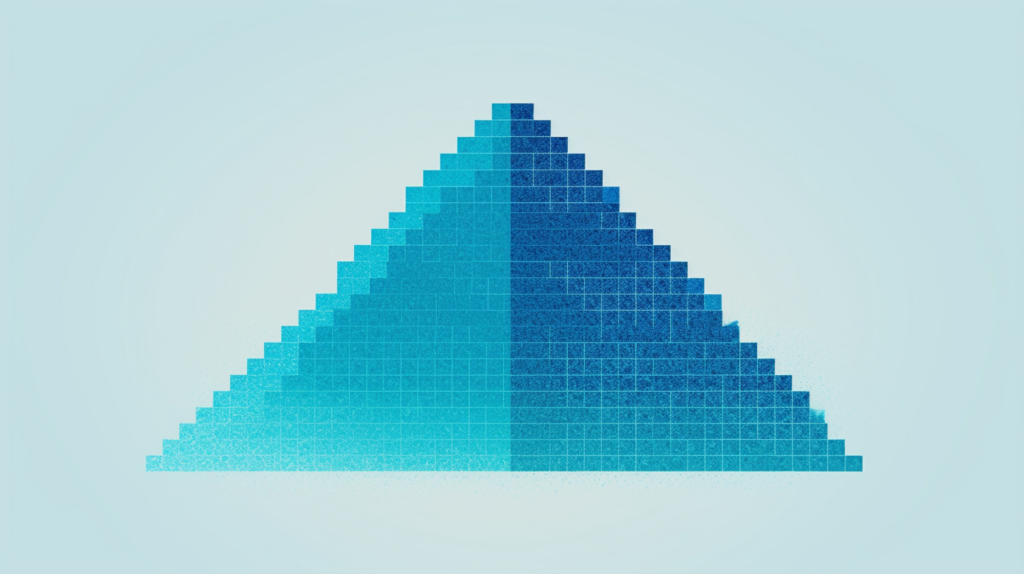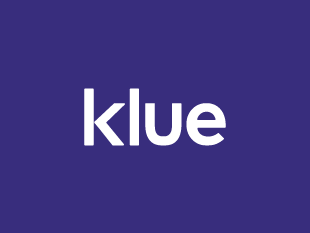Klue Compete
The Competitive Enablement Platform
Learn More
FIND OUT MORE >
“My hat’s in the ring. The fight is on and I’m stripped to the buff.”
– Theodore Roosevelt
One of the highlights of building the Klue platform has been the great people we’ve chatted with. They are product managers, product marketers and CI analysts. They know exactly what it takes to connect with and convert a customer.
Tim Rhodes has played all of these roles. As head of marketing strategy and CI responsible for go-to-market strategy at Oracle, he increased win rates by almost 20% in just six-months. He now heads a competitive intelligence consultancy focused on the high-tech and software industries. Tim estimates that there are 78,000 Product Marketers worldwide with responsibility for competitive intelligence (CI). That number grows to 150,000 when you factor in triple-threat Product Managers doing product marketing and CI, too. Most are maintaining an unwieldy collection of competitive intelligence in every format, from back of the napkin notes to full competitor decks. It lives on Sharepoint and wikis, in emails and Slack chats, and on CRM platforms, like Salesforce. Rarely is it distilled into actionable tools that can be used by sales reps to win new business. That’s where Tim comes in.
Win rates start to drop and though they may “have a general idea of what’s wrong,” says Tim, “they don’t know how to fix it. They think it’s price but, it’s often that the value proposition isn’t being conveyed properly.” That’s where battlecards come in.
Product Marketers are commonly responsible for CI in large companies. They manage positioning, sales enablement and go-to-market strategy, so it makes sense that they execute analysis of the same in rival companies. They are uniquely suited to the task. But. They are also completely consumed by the many tasks and challenges involved in getting their own product to market. It’s a catch-22 that ends in frustration and missed opportunity. Battlecards often devolve into a catch-all for every bit of intel that could possibly-maybe be relevant. At the risk of leaving something out, “they throw everything at it” and hope something sticks. This leads to dropping win rates and a loss of trust in the tool itself, if not the analyst. In the worst cases, the only way to revive faith is to replace the Product Marketer.
Lost sales, lost trust and lost jobs: these are serious, bottom-line issues that he sees frequently. A sales rep recently asked him to validate a battlecard—from 2009. How can you sell successfully with intel that is six-years old? iPads hadn’t even been launched in 2009; smartphones were just becoming a ‘thing’ and Twitter was only gaining momentum.
So, what does Tim do to help these companies who “don’t know what they don’t know”? First, he does some primary research. It’s the most valuable way to gain insight into the buyer’s mind. What are they seeing and hearing? Why do they chose one product over another? Why did they choose that product over your product? What makes them happy in their relationship with you and what would (will) they change? Tim interviews two customers lost to the competitor, one current customer and at least one sales rep (they’re hard to pin down). They key is capturing the customer view, because that’s what frames the battle card.
Once he’s gathered the gold, he says “less is more”. Battlecards are about “why they win. why they lose, how to win and what to defend against”. Period. This includes win rates, landmines, and detailed point/counter-point bullets all with the “customer top of mind”. When applied in the context of buyer needs, the data becomes more tactical and less generic. Battlecards are used towards the end of the sales funnel, so they needn’t go deep on competing product features; rather, they should provide a framework of how to sell to a specific buyer persona against a specific competitor’s offering. It’s this buyer-minded framework that sets Tim apart from many in the field. The key to successful sales enablement is the positioning of all competitive analysis against the customer’s experience. That’s when true differential happens and win rates start to increase.
It makes so much sense, one wonders why more companies don’t have stronger battlecards. Tim thinks the onus is as much on sales and management as it is the Product Marketer (or whomever is ‘in charge’ of the battlecards). Account teams need to take responsibility for better data in their CRM software. Dirty data often results in win rates that are wrong, (assuming they’re calculated properly, but that’s a post for another day.) More crucial is the field intel that sales reps gain from clients and prospects that never gets relayed. And the key to it all is a competitive culture, cultivated by a “leadership [that] values intelligence to drive sales enablement.” When battlecard management (and frankly, the entire CI process) is structured and targeted, it becomes easy to manage and measure. Get some tips on building the best battlecards here.


Competitive Enablement
Product marketers conducting competitive research are drowning in reviews, reports, and messy notes. Here's how Klue's AI foundation will help you complete this analysis in seconds, not weeks.


Competitive Enablement
The topic of Large Language Models (LLMs) has a lot of confusion. Here's what you need to know about how Klue is working with them.


Let’s do it. Tell us a bit about yourself and we’ll set up a time to wow you.
Let's do it. Tell us a bit about yourself and we'll set up a time to wow you.
XLet's do it. Tell us a bit about yourself and we'll set up a time to wow you.
XSubscribe to get our latest AI functionality and news in your inbox.
XOur Buyer Pulse feature, set to launch in Q2 2024, offers valuable insights into the factors influencing buyer decisions in your pipeline. By signing up for the waitlist, we can better gauge interest and proactively engage with you to streamline the setup and integration process before the feature becomes widely available.
X